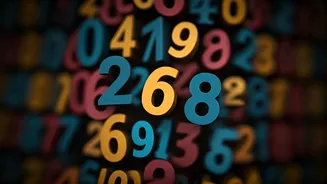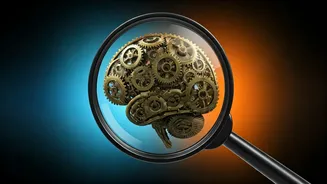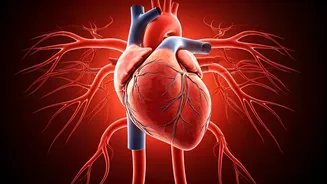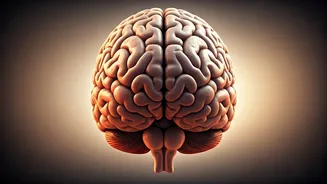The Quick Test
The test is simple: find the number "7103." How long did it take you? The amount of time you spend on this simple task might tell you something unexpected
about your intelligence. This fun and easy exercise can be used as a quick indicator of your cognitive processing speed, and by extension, your overall intelligence. The time taken to locate the number is a reflection of how quickly your brain processes visual information.
7 Seconds: Average Range
If you spotted "7103" within 4–7 seconds, congratulations! This is considered within the average range. This suggests you have a reasonably quick visual processing speed. It means your brain is working effectively, quickly identifying and interpreting the visual information presented. People in this range tend to be adept at everyday tasks, making quick decisions and absorbing information with relative ease. They likely have good focus and are able to process information without too much difficulty.
Below 4 Seconds: Sharp Mind
If you located "7103" in 1–3 seconds, your visual processing speed is likely quite high! People in this range usually have a sharper cognitive ability. This suggests you have strong visual processing skills and the capability to make quick decisions. This may correlate with better attention to detail and faster information absorption. Their brains efficiently filter information and find patterns, making them excellent problem-solvers in various scenarios. This rapid processing speed can translate into success in different areas of life.
Over 7 Seconds: Assessment Needed
If it took you over 7 seconds to find the number, it may indicate a need for some cognitive assessment. There could be different reasons for this, such as slower visual processing speeds or reduced focus. It is important to remember that this test is just a quick assessment tool and does not tell the full story. Other factors like stress, fatigue, or distractions can also impact the time it takes to complete the task. Further evaluation may assist in identifying areas for cognitive improvement. Consider practicing similar visual tasks to improve speed and focus.
Brain's Visual Processing
This simple exercise reveals how our brains process visual data. The time it takes to locate "7103" reflects your brain's processing speed, impacting how swiftly you interpret information. This quick task spotlights how efficiently the brain scans, filters, and identifies patterns. Speedier brains tend to excel in various cognitive tasks, while slower ones may require more time to process visual information. This underscores how interconnected our visual and cognitive abilities are. By understanding your processing speed, you can identify strengths and areas for improvement.
IQ and Brain Function
Visual processing speed is closely linked to IQ, as it showcases the brain's overall efficiency. Faster processing frequently correlates with higher IQ scores. It suggests your brain excels at quickly analyzing and interpreting information, influencing your cognitive prowess. This demonstrates how effectively your brain operates in various areas like problem-solving, memory, and comprehension. Cognitive tests often assess visual processing, highlighting its role in intellectual functions. Recognizing your processing speed provides valuable insights into your cognitive strengths and areas that may benefit from focus.
Beyond the Test
While this test gives a quick snapshot, it does not fully encompass intelligence. Other aspects, like creativity, emotional intelligence, and experience, contribute greatly to a person's intelligence. Improving your focus through regular practices such as meditation or mindfulness can enhance your visual processing. Engaging in mental exercises like puzzles or brain games can also help improve your cognitive skills. A healthy lifestyle, including enough sleep, a balanced diet, and exercise, greatly supports brain function. The test presents a starting point for self-assessment, encouraging exploration of different cognitive abilities.












